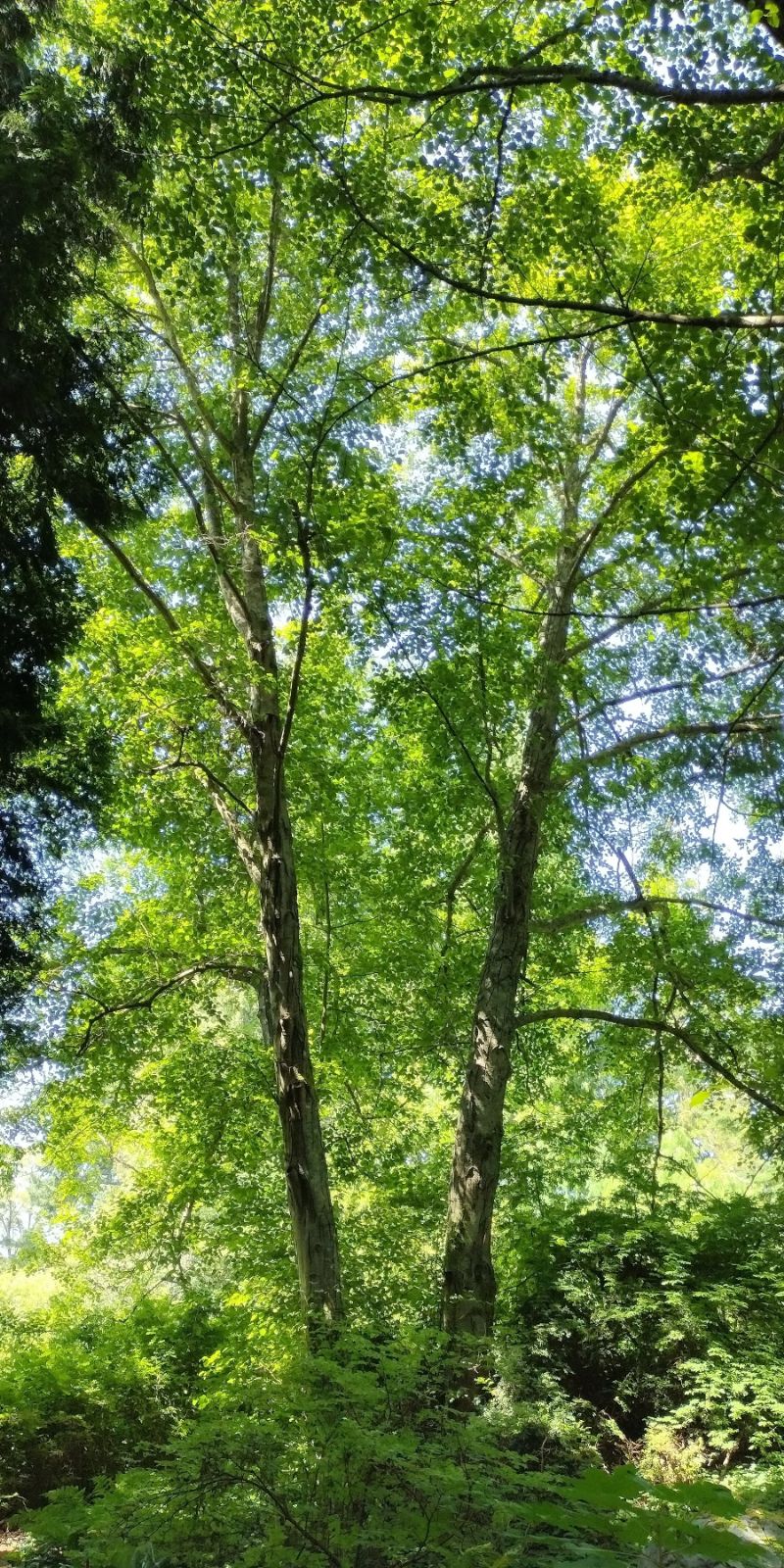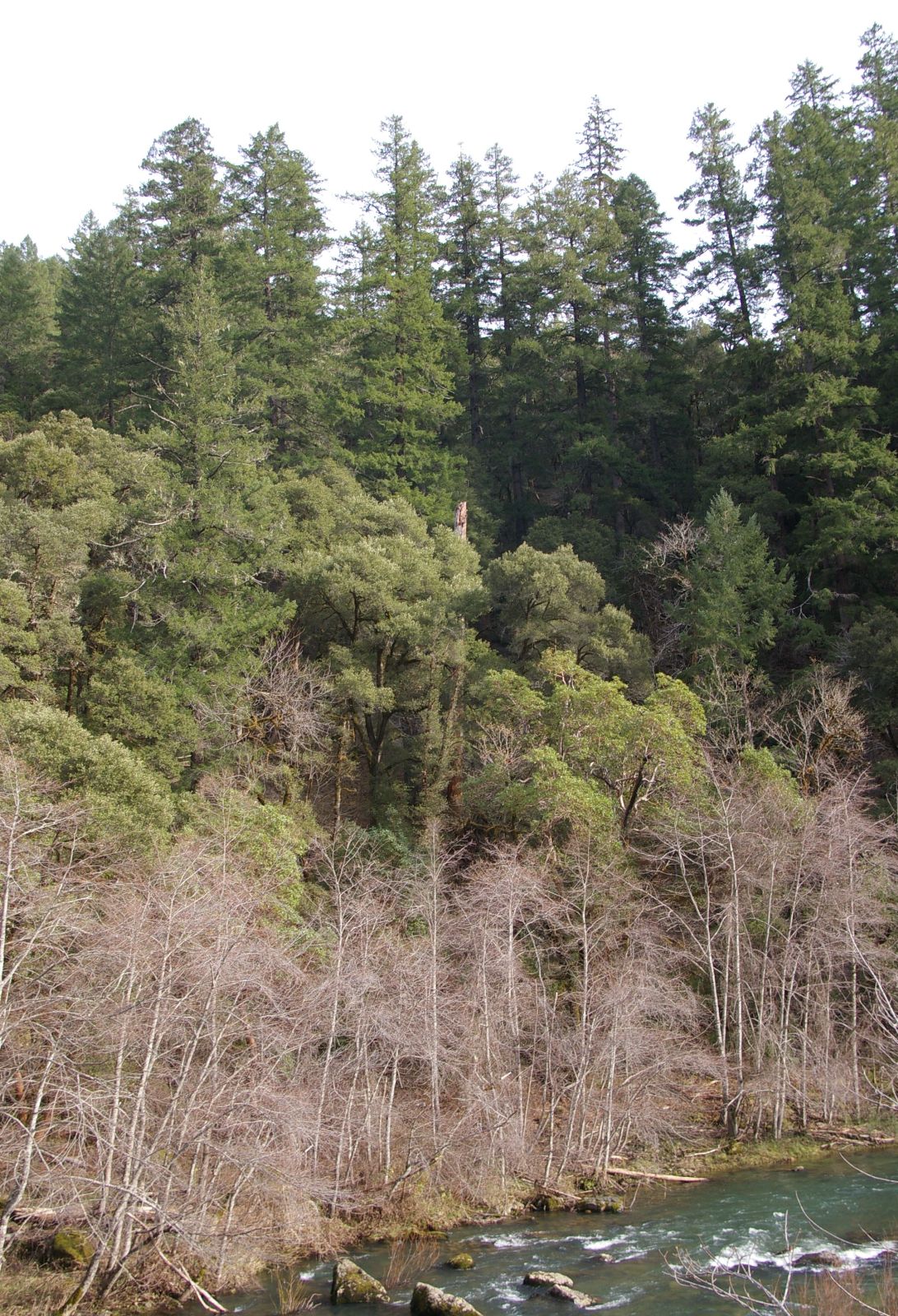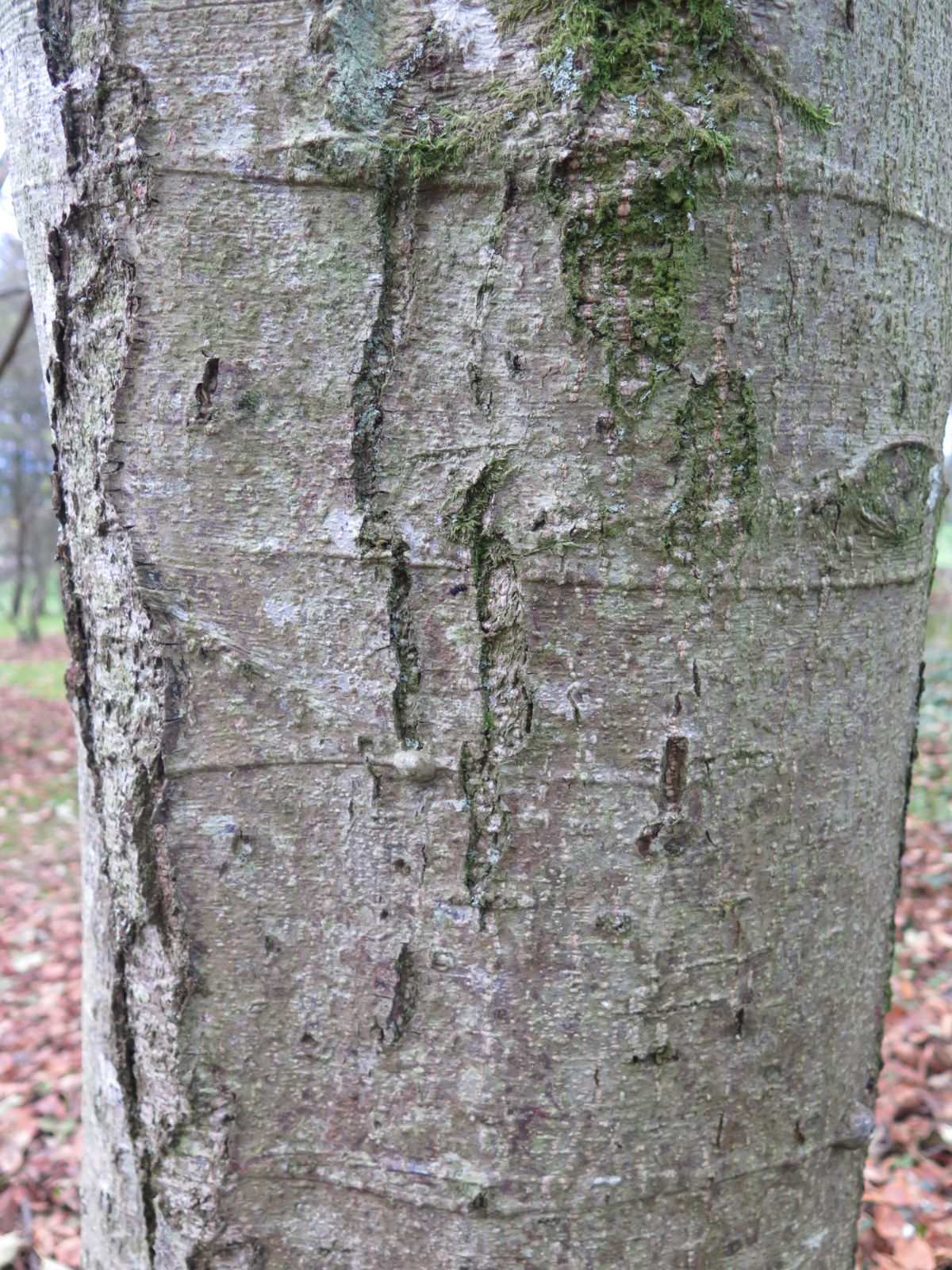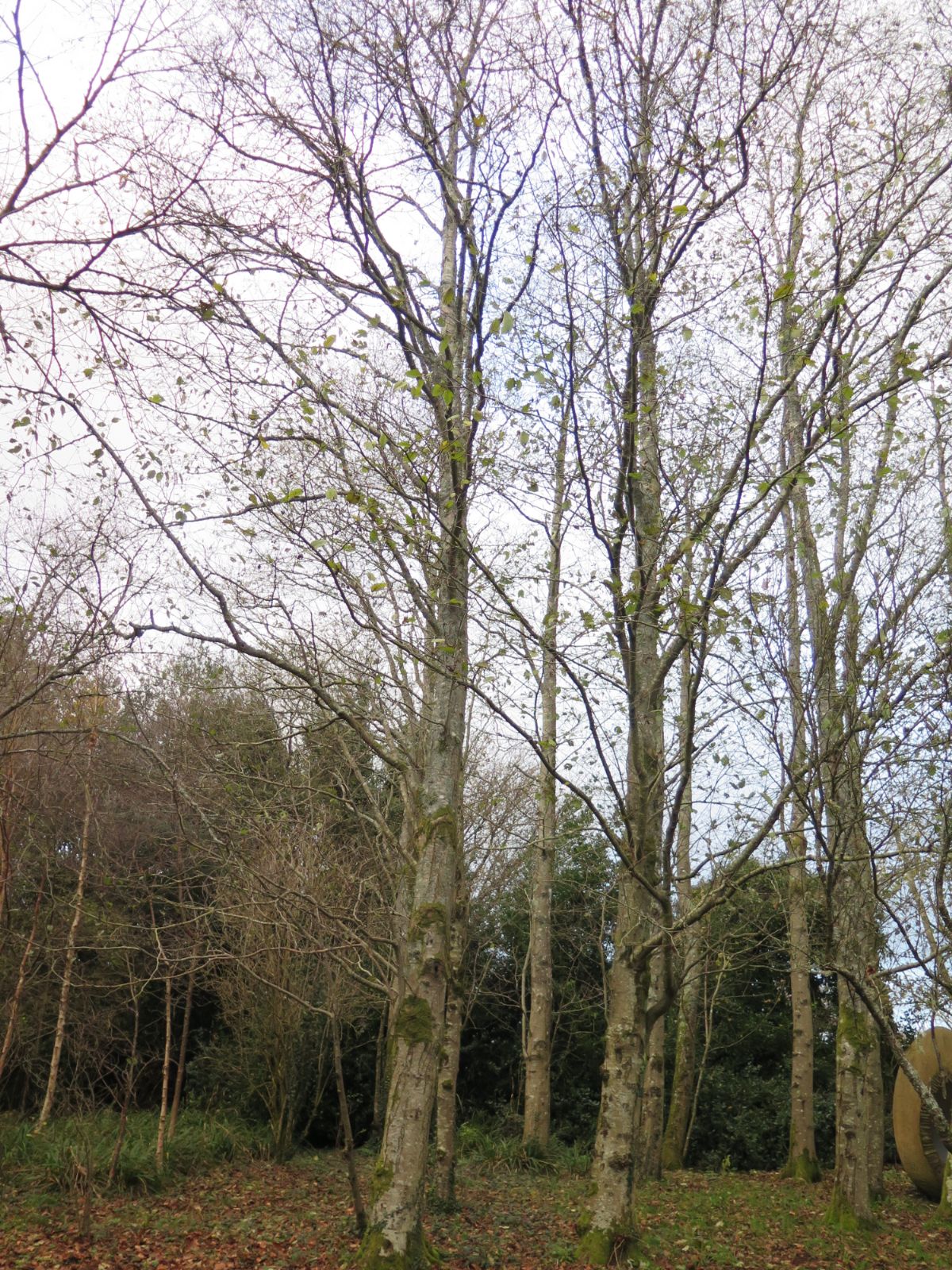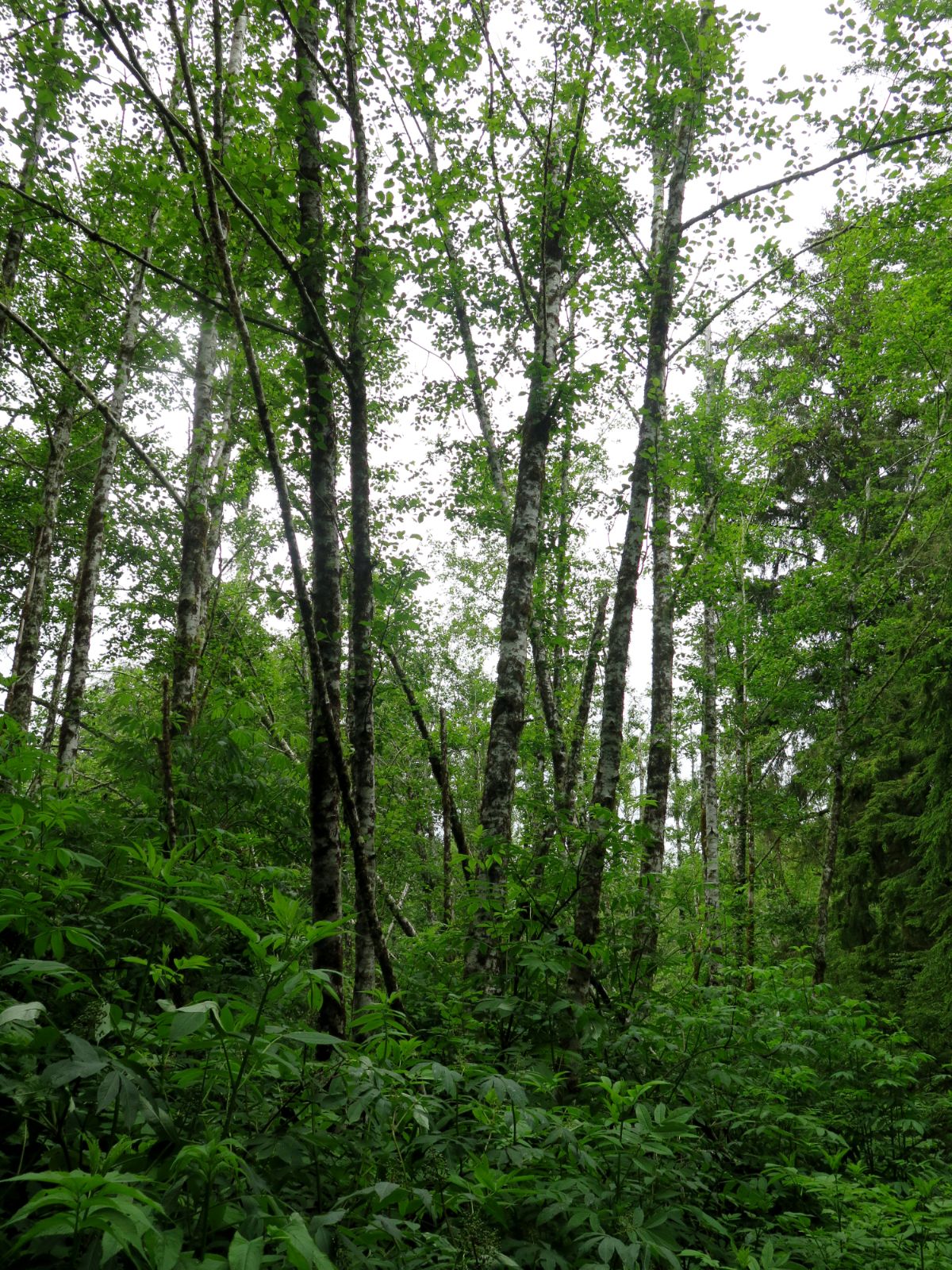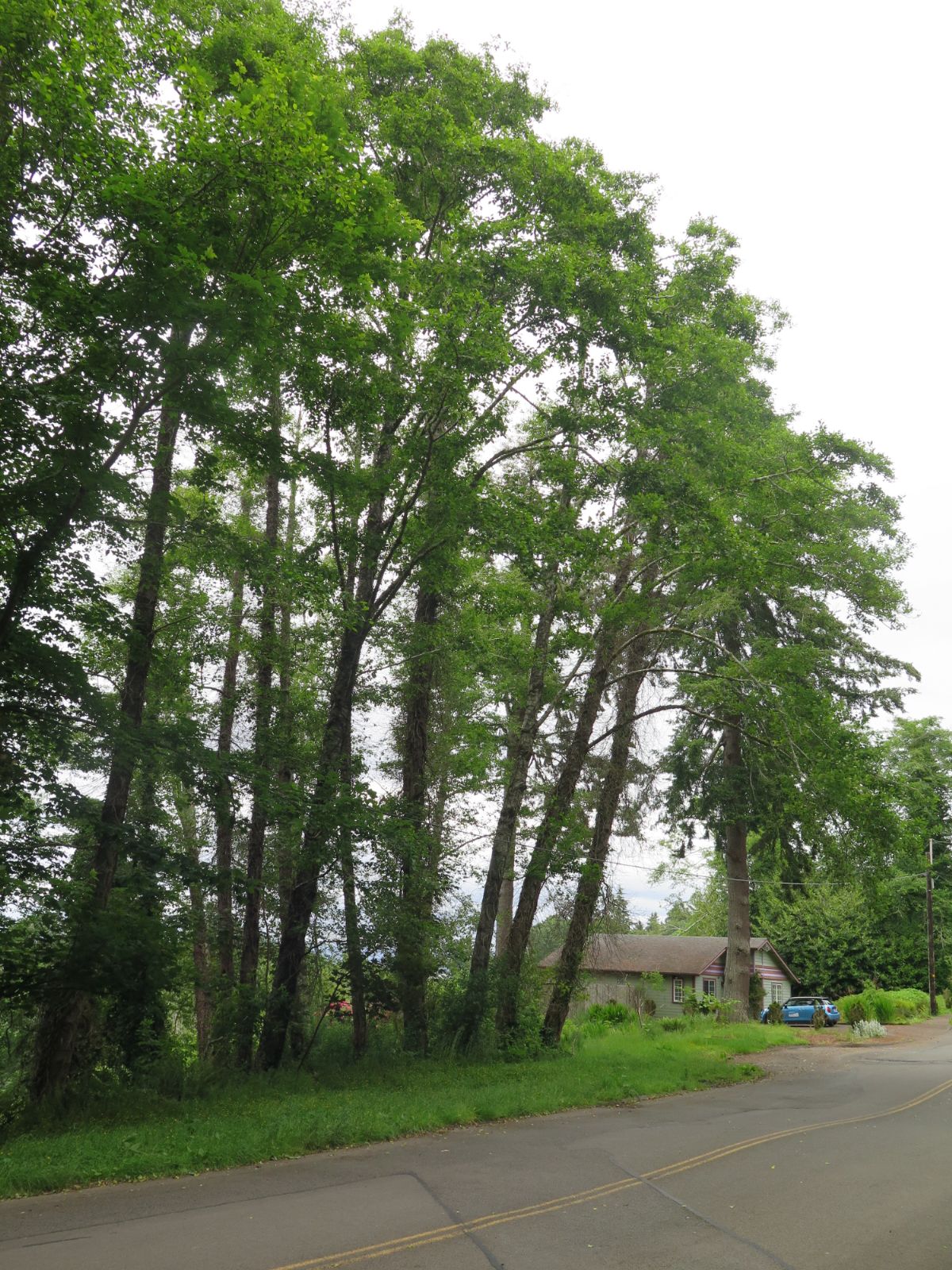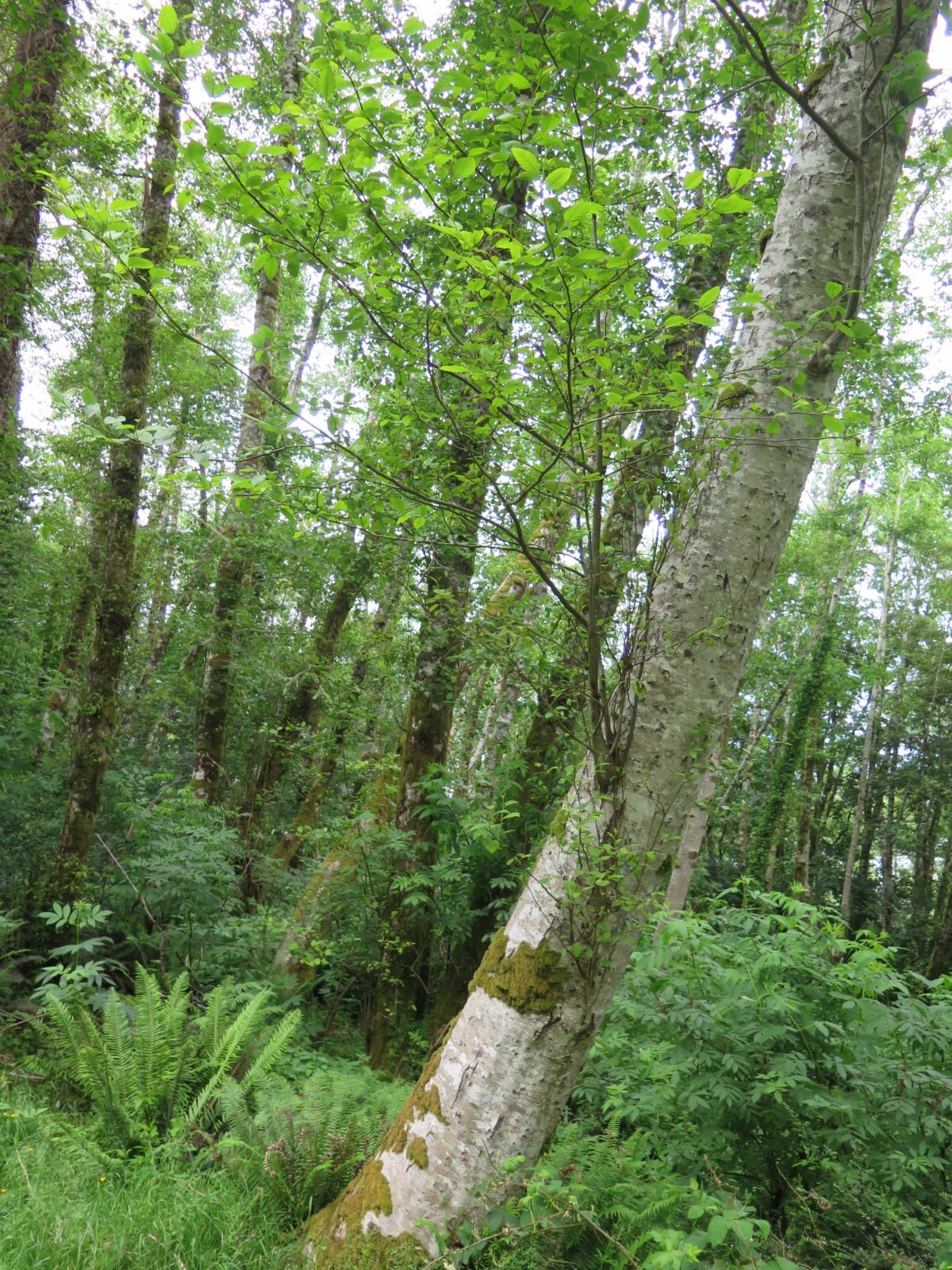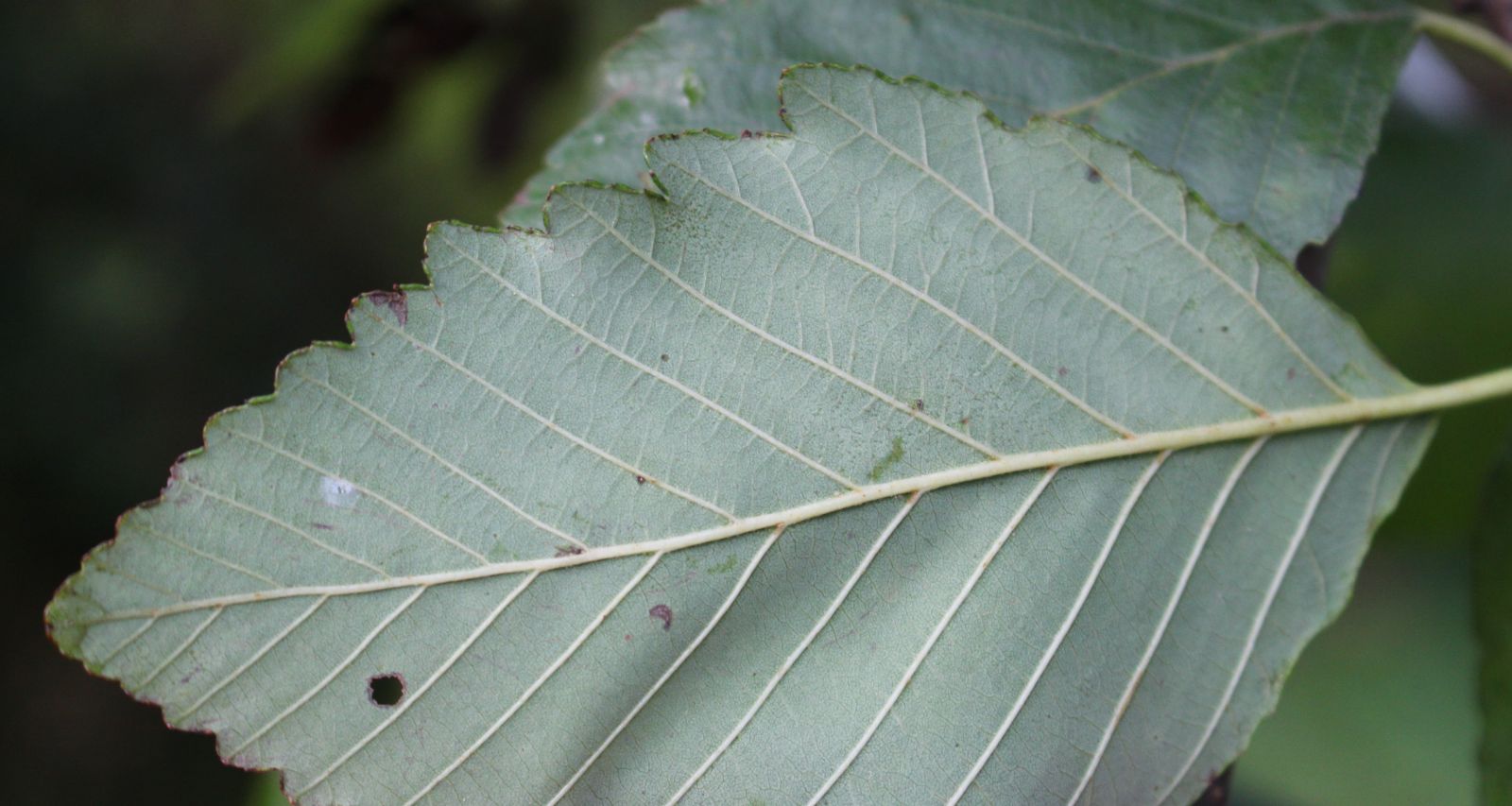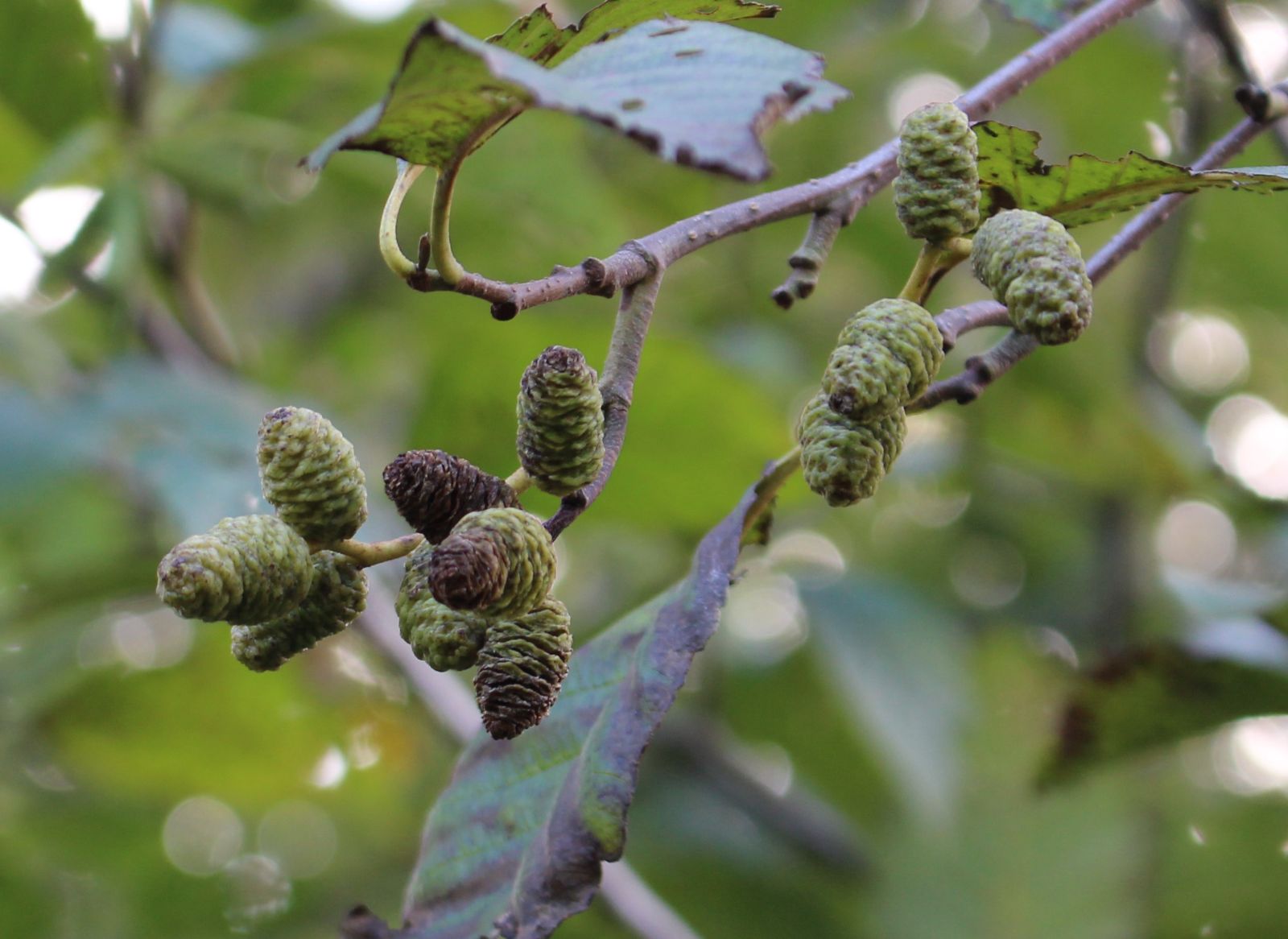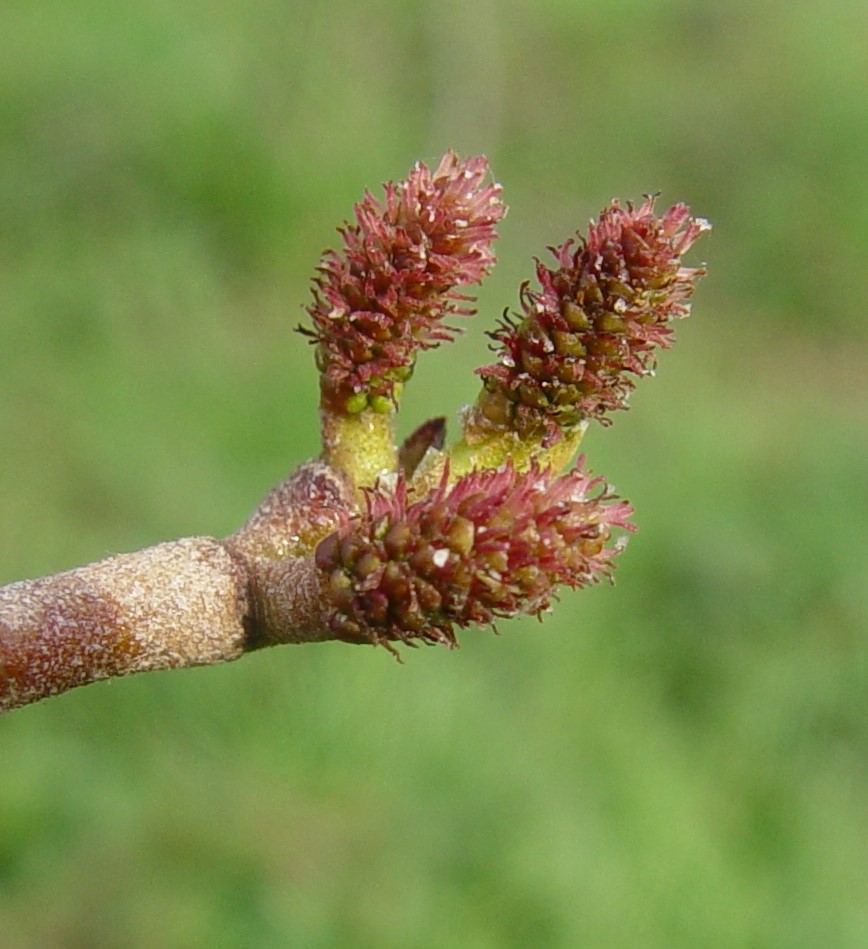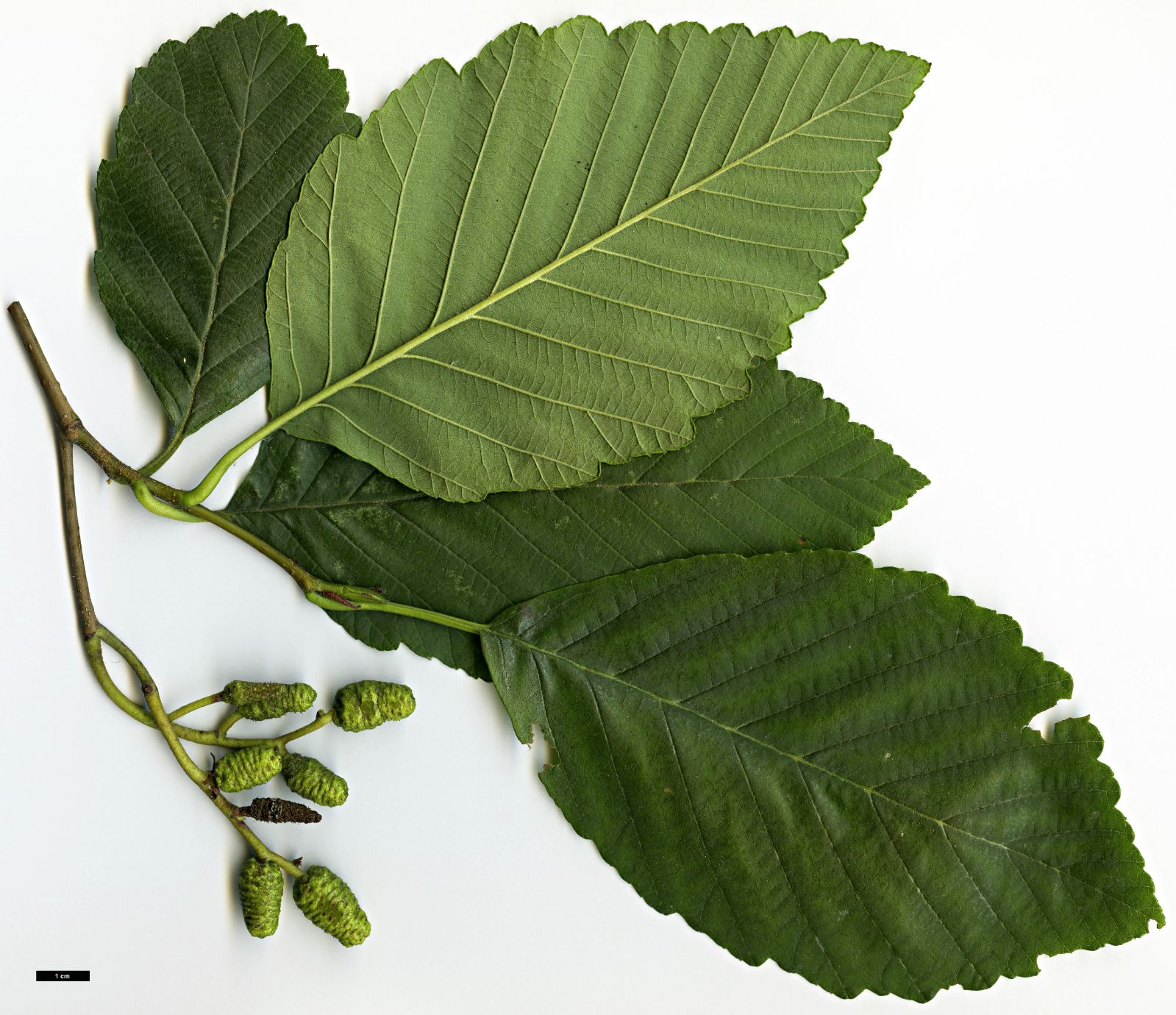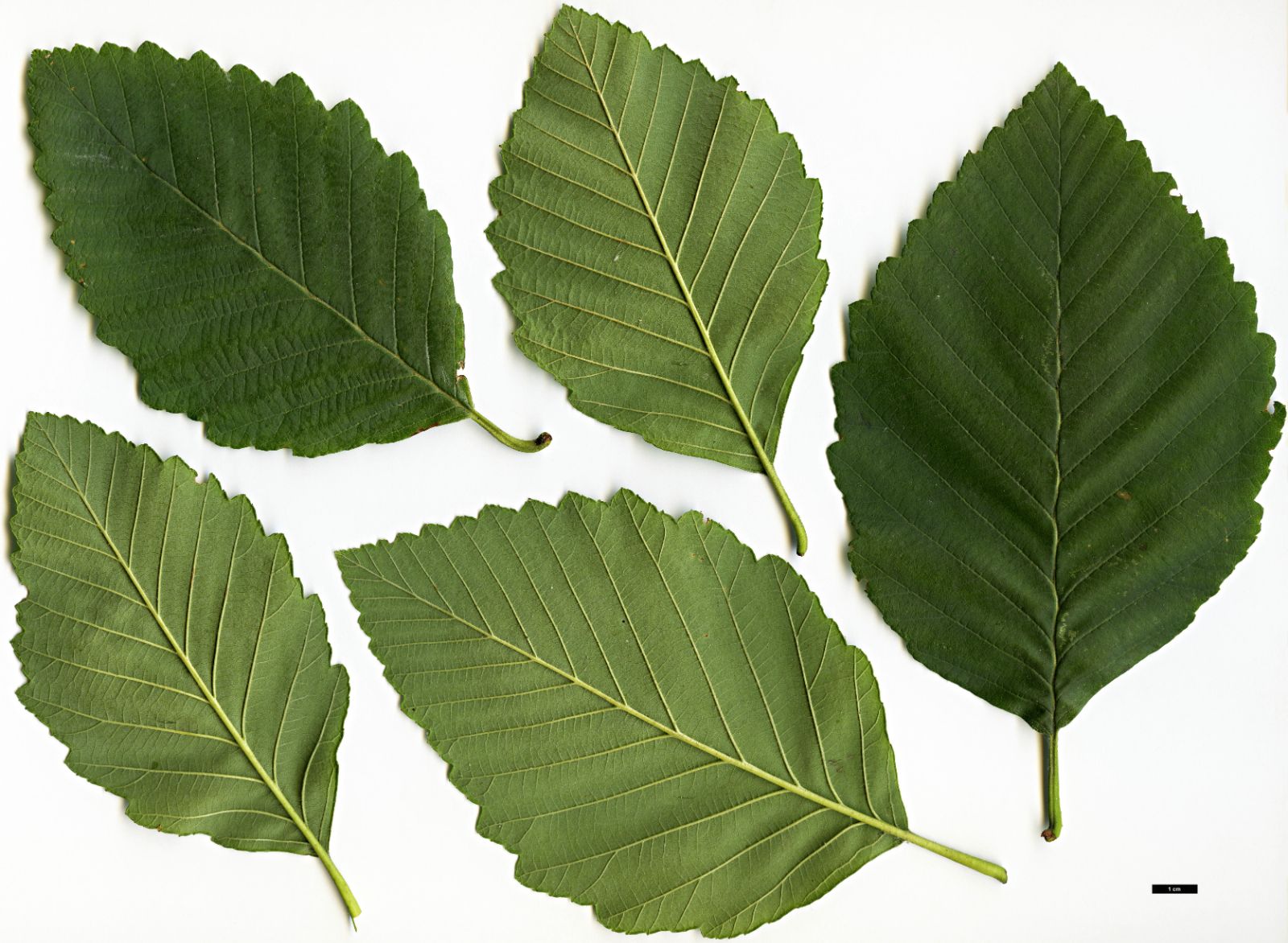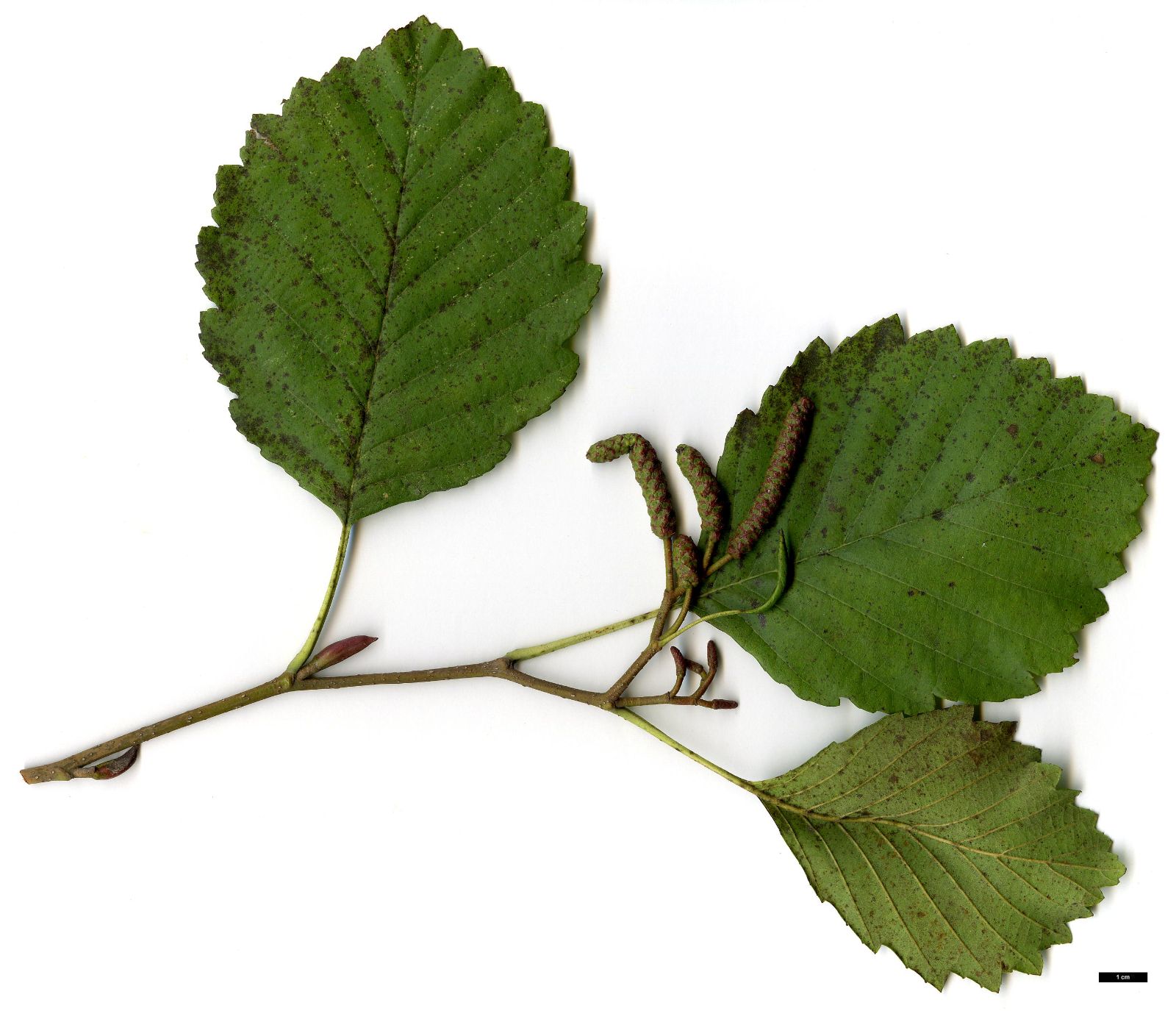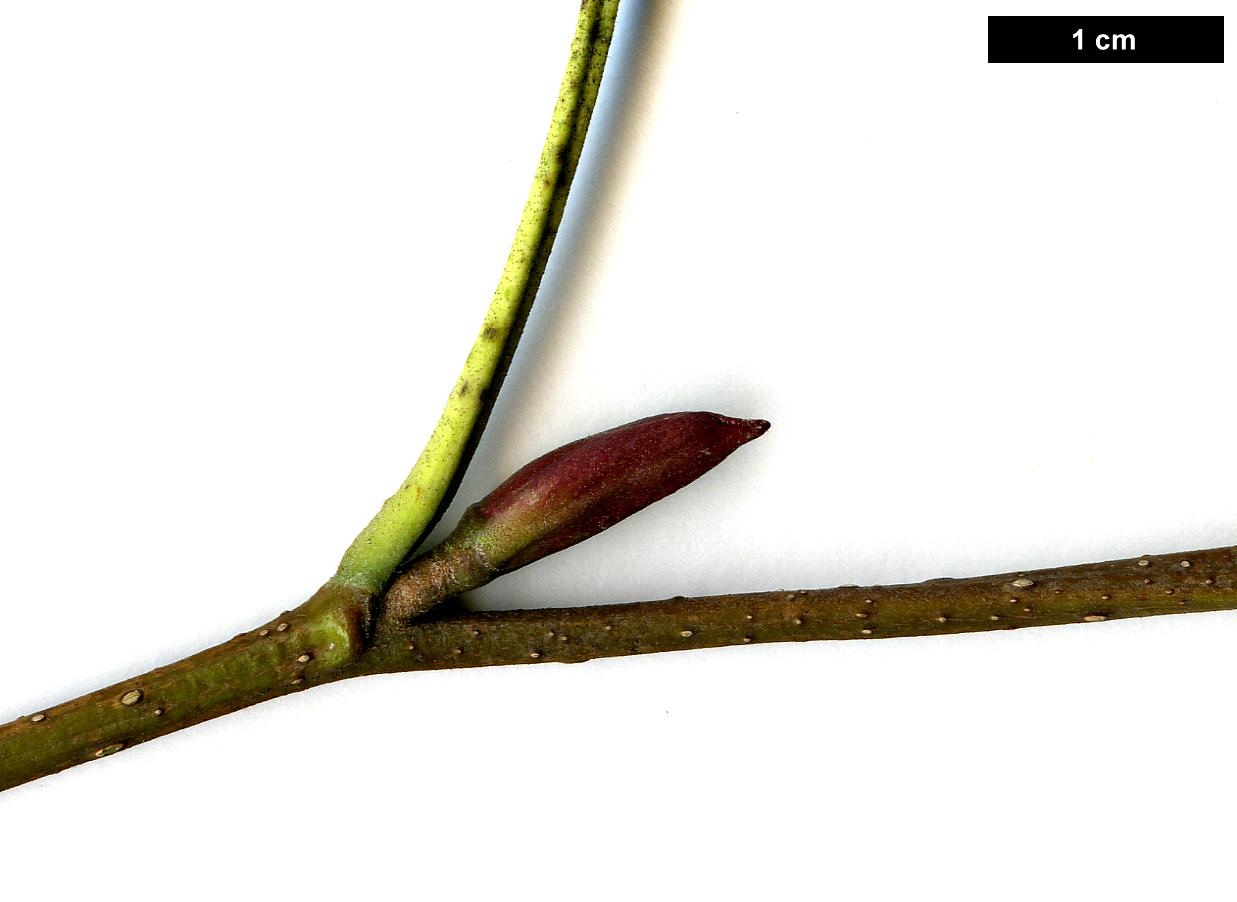Alnus rubra
Sponsor
Kindly sponsored by
a member of the International Dendrology Society
Credits
Tim Baxter & Hugh A. McAllister (2024)
Recommended citation
Baxter, T. & McAllister, H.A. (2024), 'Alnus rubra' from the website Trees and Shrubs Online (treesandshrubsonline.
Genus
- Alnus
- Subgen. Alnus, Sect. Glutinosae
Common Names
- Red Alder
Synonyms
- Alnus oregona Nutt.
- Alnus rubra var. pinnatisecta Starker
- Alnus rubra f. pinnatisecta (Starker) Rehder
Infraspecifics
Other taxa in genus
- Alnus acuminata
- Alnus alnobetula
- Alnus betulifolia
- Alnus cordata
- Alnus cremastogyne
- Alnus djavanshirii
- Alnus dolichocarpa
- Alnus × elliptica
- Alnus × fallacina
- Alnus fauriei
- Alnus ferdinandi-coburgii
- Alnus firma
- Alnus formosana
- Alnus glutinosa
- Alnus hirsuta
- Alnus incana
- Alnus inokumae
- Alnus japonica
- Alnus jorullensis
- Alnus lanata
- Alnus lusitanica
- Alnus maritima
- Alnus matsumurae
- Alnus × mayrii
- Alnus nepalensis
- Alnus nitida
- Alnus oblongifolia
- Alnus orientalis
- Alnus pendula
- Alnus rhombifolia
- Alnus rohlenae
- Alnus serrulata
- Alnus serrulatoides
- Alnus sieboldiana
- Alnus 'Sipkes'
- Alnus × spaethii
- Alnus subcordata
- Alnus trabeculosa
Large pyramidal-crowned tree to 28 m. Trunks erect, several. Bark grey, thin. Young stems red-brown, not differentiated into long and short shoots, often with longitudinal ridges, lenticels whitish. Buds 6–10 × 3–5 mm, ellipsoid, apex acute, heavily resin-coated, 2–3 scales, stipe 2–8 mm. Leaves ovate to elliptic, 3.5–15 × 2.5–9.5 cm, apex acute to obtuse, base broadly cuneate to rounded, adaxially mid to dark green, abaxially light green, coriaceous, margin strongly revolute, double-serrate or crenate, regular, adaxial and adaxially glabrous to sparsely pubescent, veins and axils pubescent to tomentose, craspedodromous, (8–)10–15(–16) pairs of lateral veins. Petioles 8–22 mm long, sparsely pubescent. Stipules ovate to obovate, 6–8 × 1.7–2.5 mm. Pistillate inflorescences borne in erect racemose groups of 3–8, ovate to elliptic, 3.5–7 mm long at anthesis. Staminate catkins borne in one or more terminal racemose clusters of 2–6, pendent, at anthesis 3.5–14 cm long. Fruit ovoid, ellipsoid or subglobose, 10–34 × 6–16 mm, on peduncles 0.5–10 mm long, bracts 4–7 mm, apex thick. Seed ovate or elliptic, 2 × 1.5 mm, brown, wings narrow, styles persistent. Diploid, 2n=28. (Furlow 1979; De Langhe 2018; Baxter, pers. obs.).
Distribution Canada Pacific Coast United States Pacific Coast
Habitat On rocky, gravelly, sandy, or humus rich soils on stream banks and moist floodplains, lake shores, coasts, and open slopes, at elevations mostly below 300 m, but up to 750 m and exceptionally to 1000 m asl. Often with Acer, Sequoia, Pseudotsuga, Thuja, or Larix.
USDA Hardiness Zone 6-8
RHS Hardiness Rating H7
Conservation status Least concern (LC)
Alnus rubra is a species whose origins go back at least to the Eocene, now restricted to moist areas within 200 km of the Pacific Coast of western North America (Furlow 1979). It grows in riparian habitats along streams and by lakes, in swamps and marshy areas, and is regarded as a colonising species, especially following fire or other disturbance. It mostly occurs in humid environments up to 750 m altitude, but has spread to higher altitudes as montane forests have been subject to extensive disturbance following the arrival of Europeans (Uchytil 1989). Red Alder grows into a large and significant tree, to at least 25 m tall in the wild and in cultivation. In some parts of California, it forms ‘pure groves of great beauty in bottom lands near the sea’ (Jepson 1909), though in warmer, drier and exposed coastal areas it may form groves of small scrubby trees. It is an important economic species and has been used for a variety of purposes by indigenous peoples: red, orange and yellow dyes were derived from various layers of bark, and yellow from its catkins (the species takes its name from the red colour underneath its bark, though the reddish catkins reinforce the validity of the name); the bark was also variously used for basket weaving, and medicinally for headaches, rheumatism and gastric problems (USDA 2021). The sap was used as a sealant in canoes, to treat skin complaints and help heal wounds. It is an important timber species and accounts for 60% of commercial hardwood in the Pacific Northwest. The timber has a straight uniform grain and remains an important wood for furniture making, veneer, tools, bowls, paper pulp and electric guitar bodies (USDA 2021).
Red Alder is morphologically similar to many other taxa and shows a close relationship to the south and central American species Alnus acuminata, A. jorullensis and A. oblongifolia; it is also similar to A. incana.In the absence of provenance details A. rubra can be distinguished from these taxa by its recurved leaf margin. It is also distinguishable by its ovate leaves with coarse toothing, and smooth grey bark. All the other taxa have leaf blades flat (rarely slightly recurved); A. oblongifolia has smaller leaves with sharper (sometimes acuminate) toothing; A. rhombifolia has narrower ovate to lanceolate leaves with coarse uneven double-serrate teeth, while both A. oblongifolia and A. rhombifolia have their stamens and perianth parts in 2s or rarely 4s (when two are large and two smaller). A. acuminata has larger lobulate leaves that are smooth and glossy, and with variously pubescent petioles, leaf veins and peduncles. A. incana subsp. tenuifolia is easily distinguished by the much smaller cones and its somewhat shrubby form. A dissected leaf form (A. rubra f. pinnatisecta (Starker) Rehder) occurs in several locations and is always variable in leaf form; this form is widely cultivated (see below). Murai (1964) placed A. rubra in Sect. Glutinosae, which probably says little about its true relationships.
Red Alder grows into a striking and attractive tree in cultivation, both in leaf and flower. It will grow quickly to 25–30 m in optimal conditions, and although mostly associated with mild humid environments, has proven to be both drought tolerant and cold hardy. It makes an excellent street tree, being wind-firm, tolerant of both waterlogging and drought, and generally robust. It is widely used as a nurse crop for other tree species and is an especially useful tree for land improvement, stabilisation and protecting and improving waterways. It has a tendency to be somewhat weedy away from its native range and may in the future become invasive in some areas. Introduced to cultivation in Britain in 1880, it is now common in gardens, arboreta and as a forest tree. The biggest on record is in Gwydir Forest Park, Gwynedd (28 m in 2016, Tree Register 2021), but many similarly sized specimens exist. The largest tree recorded from the wild is 30 m and grows in Benton County, Oregon (American Forests 2021). Being a relatively short-lived species, plants introduced to Kew and Edinburgh in 1880 have died since Bean (1976) noted them. Red Alder is susceptible to Alder Leaf Beetle and Phytophthora alni.
'Aldered States'
An unusual selection of moderate growth (c. 7 m in eight years) with bright golden yellow young leaves, found in Oregon’s Cascade Mountains and introduced by Collector’s Nursery in or before 2003 (Hatch 2021–2022).
'Dusek Dwarf'
Listed by Lawrence Hatch, the great American authority on cultivars of woody plants, on the basis of a plant growing at the University of British Columbia Botanic Garden in 1984 without additional details (Hatch 2021–2022).
- ‘Mishek’s Dwarf’ A smaller-growing tree, to 5 × 3 m, origin unknown but in US commerce c. 2004
'Pinnatisecta'
Alnus rubra ‘Pinnatisecta’ is a naturally occuring cut-leaf form of Red Alder found in several widely-separated locations, the type from near Portland, Oregon. Plants seem to occur sporadically amongst normal populations and the amount of disssction varies with individuals. ‘Pinnatisecta’ is a particular named clone and more or less comes true from seed (Jablonski 2020). Plants were enthusiastically distributed in the UK by the late Viscount (Matthew) Ridley during the 2000s (John Grimshaw pers. comm. 2024).

